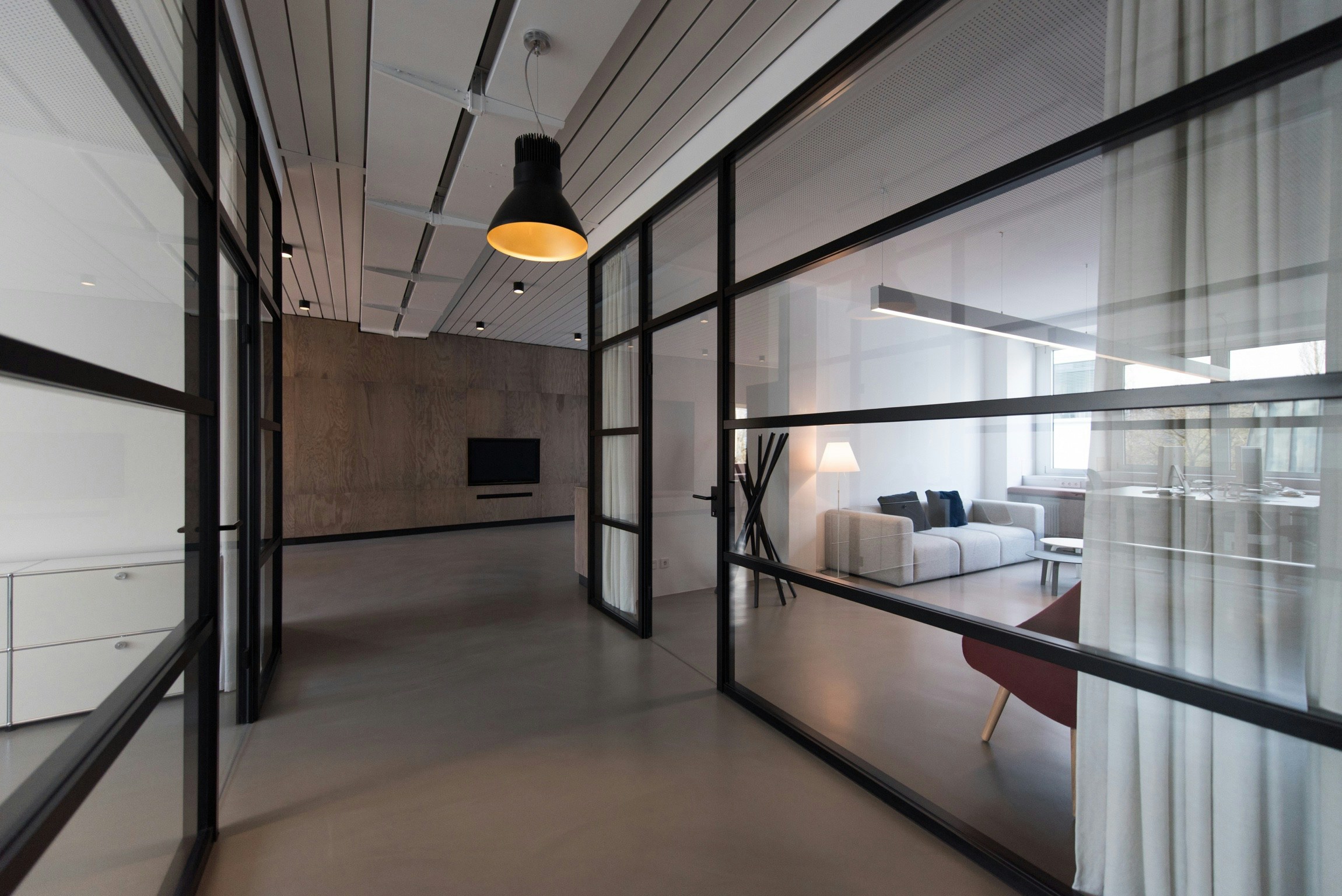Co-living spaces have become a key housing solution for many individuals in Singapore, especially as the city-state’s real estate prices continue to climb. For those looking for an affordable, flexible, and community-driven living arrangement, co-living is an attractive alternative to traditional rental options. As we approach 2025, the co-living trend is evolving to cater to an even broader range of residents. From digital nomads to young professionals, and even expatriates, Singapore’s best co-living spaces are transforming the way people think about urban living. Let’s take a closer look at what these spaces have to offer and how they are shaping the future of accommodation in Singapore.
The Appeal of Co-Living in Singapore
Co-living spaces provide much-needed flexibility and affordability, particularly in a city with one of the highest living costs globally. Renting a private apartment in prime locations like Orchard Road or the Central Business District (CBD) can be prohibitively expensive for many young professionals and expatriates. Co-living offers an alternative by allowing residents to share communal areas like kitchens and living rooms, significantly reducing costs while maintaining access to central locations.
What sets co-living apart is its community-driven nature. Unlike traditional rental spaces, which can sometimes feel isolating, co-living fosters interaction, networking, and socializing. Many co-living spaces host regular events such as movie nights, networking meetups, and even fitness classes, helping residents build relationships and integrate into Singapore’s fast-paced, multicultural environment.
What to Expect from the Best Co-Living Spaces in 2025
The best co-living spaces in Singapore in 2025 will offer more than just a place to sleep—they will be designed with comfort, convenience, and community in mind. Here’s what you can expect from top co-living spaces:
Modern Amenities and Fully Furnished Rooms
Gone are the days of bare-bones co-living spaces. By 2025, the best co-living providers will offer modern, stylish, and fully furnished rooms with premium amenities. High-speed internet, housekeeping services, and even utilities like water, electricity, and gas will be included in the rent, making life hassle-free for residents.
Many co-living spaces also offer smart home features, such as app-controlled lighting and temperature settings, which cater to the modern, tech-savvy renter. Some spaces will have dedicated workstations or even co-working spaces, allowing residents to seamlessly blend work and living arrangements.
Varied Room Types for Different Lifestyles
One of the great advantages of co-living is the variety of living arrangements it offers. Whether you’re a solo traveler, a couple, or a small group of friends, there will be co-living spaces that fit your needs. Private rooms with shared common spaces are the most common arrangement, but larger suites or studio apartments are also available for those who prefer more privacy. Additionally, many co-living providers will offer flexible leasing terms—monthly or even shorter-term leases—ideal for people who don’t want to be tied to long-term contracts.
Exclusive Community and Social Interaction
Co-living is all about creating a sense of belonging. In 2025, Singapore’s best co-living spaces will focus on fostering community among residents. Expect spaces that encourage collaboration and connection through shared areas like lounges, kitchens, and even rooftop terraces. Regularly organized events will make it easy for residents to meet new people, whether they’re looking to network professionally or simply make new friends.
Prime Locations and Access to Amenities
The most sought-after co-living spaces in Singapore are likely to be located in central, easily accessible areas like Tanjong Pagar, Bugis, and Novena. These areas are close to public transport, shopping districts, and business hubs. Living in these locations provides residents with convenience and ensures they are well-connected to everything Singapore has to offer. With co-living spaces growing in popularity, more providers are focusing on offering accommodations in central neighborhoods to keep up with demand.
Sustainability and Eco-Friendly Designs
As the world moves towards more sustainable living practices, Singapore’s co-living spaces in 2025 will likely prioritize eco-friendly designs. Energy-efficient appliances, recycling programs, and the use of sustainable materials will be commonplace. Some co-living providers may even integrate green spaces like community gardens or vertical gardens, making urban living more sustainable.
Conclusion
As we look towards 2025, the best co-living spaces in Singapore will offer a combination of affordability, flexibility, modern amenities, and a sense of community. Whether you’re a young professional, an expatriate, or a digital nomad, co-living provides a unique living arrangement that fits the needs of a fast-paced, connected society. With co-living’s rise, Singapore is set to redefine how urbanites live and interact, creating spaces that prioritize both individual comfort and collective community. As this trend continues to evolve, it will undoubtedly shape the future of urban living in Singapore for years to come.

Leave a Reply